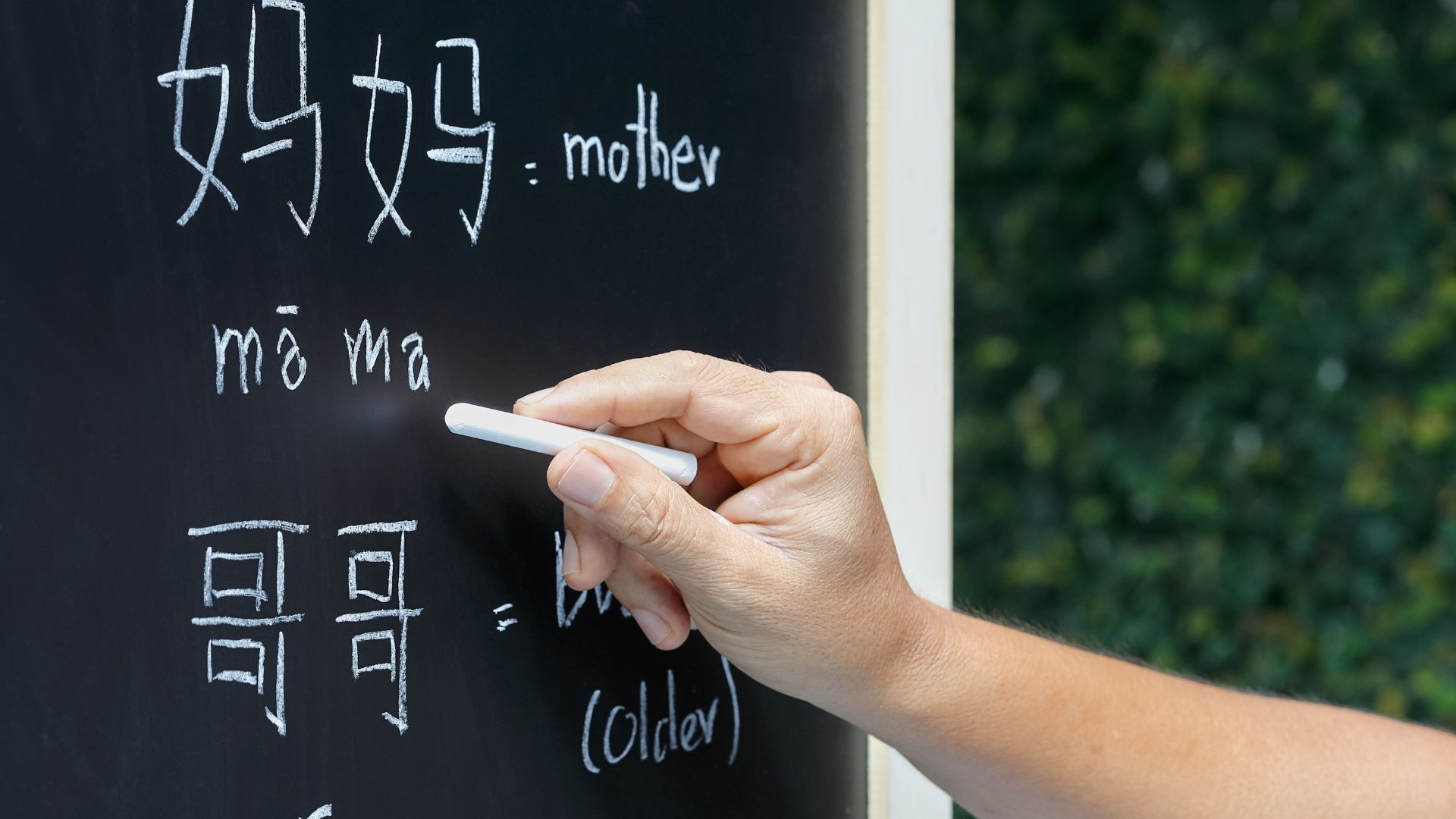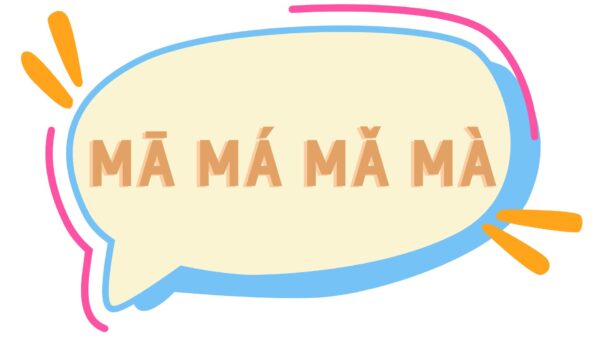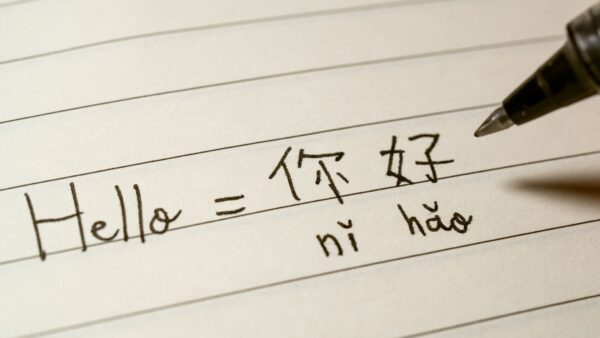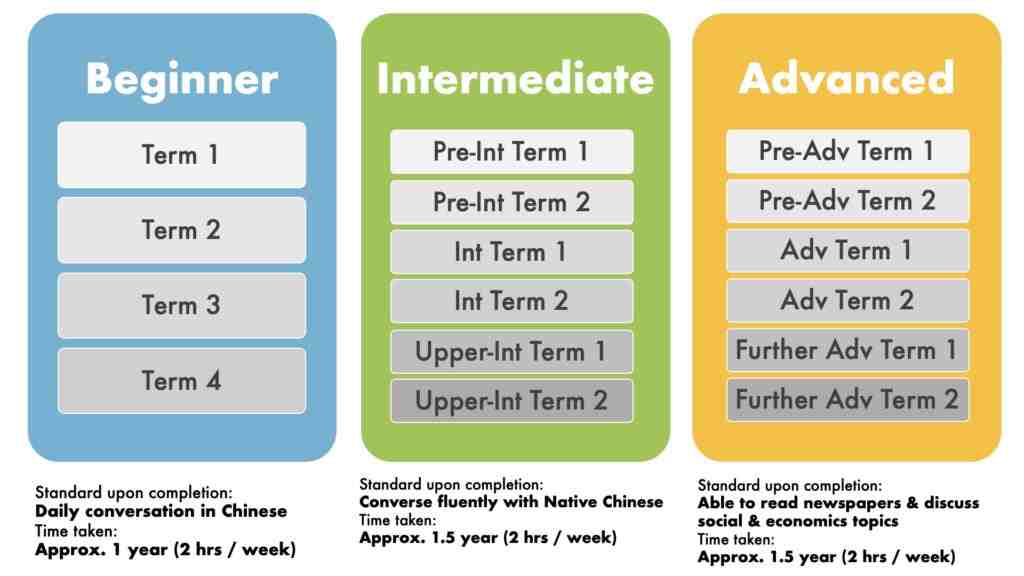Everyday Chinese: Understanding Mandarin Tones

1. The Importance of Mandarin Tones:

2. The Four Main Tones:
The four main tones in Mandarin are the flat tone (first tone), rising tone (second tone), falling-rising tone (third tone), and falling tone (fourth tone). Each tone has a unique pitch contour, which can be challenging for non-native speakers to differentiate initially. However, with practice and repetition, learners can train their ears to recognize and produce each tone accurately.
Example:
First Tone (Flat): “mā” (妈) – mother
Second Tone (Rising): “má” (麻) – numb
Third Tone (Falling-Rising): “mǎ” (马) – horse
Fourth Tone (Falling): “mà” (骂) – scold
3. Understanding Tone Changes:
In addition to the four main tones, Mandarin also features tone changes that occur in certain combinations of syllables. For example, when two third-tone syllables appear consecutively, the first syllable typically changes to the second tone. These tone changes add another layer of complexity to Mandarin pronunciation but are essential for achieving fluency and natural-sounding speech.
For instance, when two third-tone syllables appear together, the first one often changes to the second tone. So, “nǐ hǎo” (你好), meaning “hello,” is pronounced with the first syllable rising slightly instead of dipping down.

4. The Neutral Tone:
5. Tips for Mastering Mandarin Tones:
To master Mandarin tones, learners can utilize various techniques, such as listening exercises, tone drills, and repetition. Practicing with native speakers or language exchange partners can also provide valuable feedback and help learners refine their pronunciation. Additionally, using mnemonic devices or visual aids to associate each tone with a specific image or gesture can aid in memorization and retention.
Now, let’s put theory into practice. Repeat after me: “mā má mǎ mà.” Did you notice how each syllable’s tone changed the word’s meaning? That’s the magic of Mandarin tones in action!
6. Incorporating Mandarin Tones into Everyday Communication:
Understanding Mandarin tones is essential for everyday communication in Mandarin Chinese. Whether greeting someone, ordering food, or engaging in casual conversation, using the correct tones ensures that your message is understood accurately. By mastering Mandarin tones, learners can navigate social interactions with confidence and fluency, enhancing their overall language proficiency.
In conclusion, mastering Mandarin tones is a vital step in becoming proficient in everyday Chinese communication. By understanding the nuances of each tone, practicing diligently, and incorporating tones into daily language use, learners can unlock new opportunities for connection and engagement in Chinese-speaking environments, including the dynamic business landscape in Singapore. Should you require assistance with your Chinese learning journey, please feel free to reach out to us at +65 9799 5377. We’re here to help you grow, so embrace the challenge, stay persistent, and watch as your Chinese proficiency blossoms!
Explore Our Chinese Courses:








